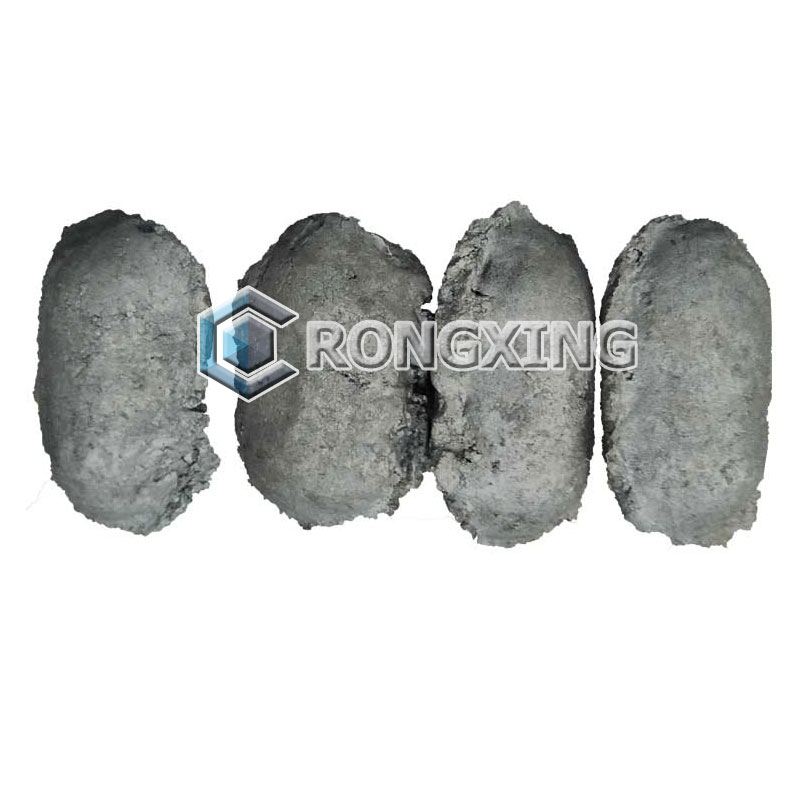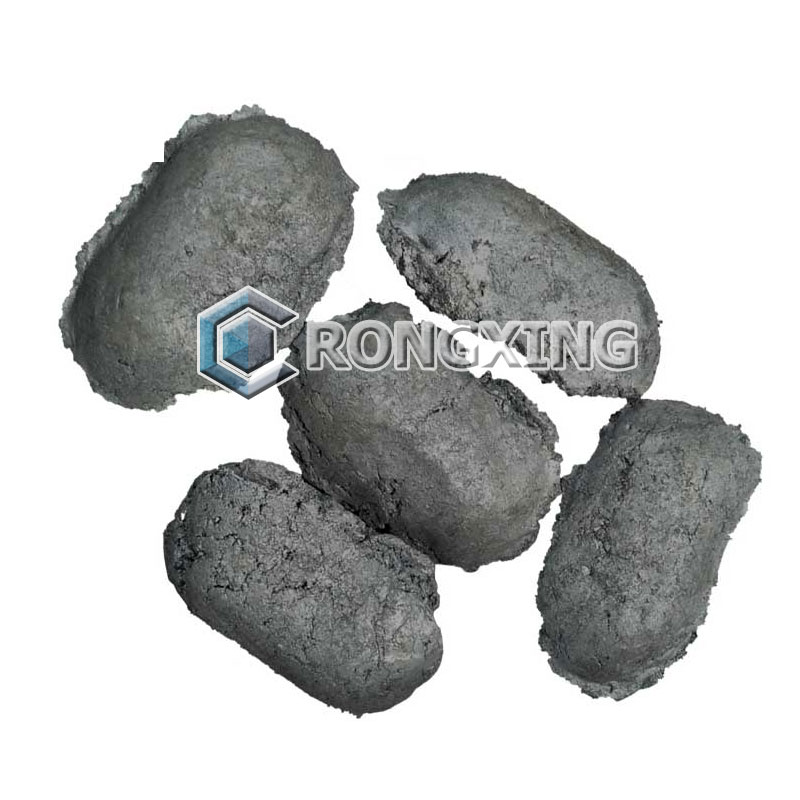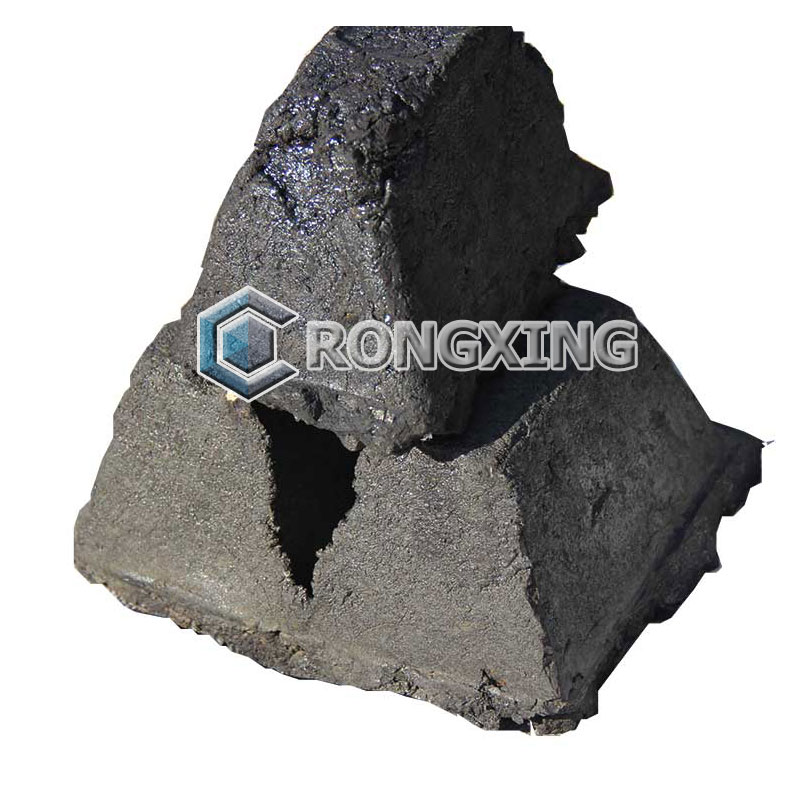Electrode Paste Breakage Classification
Electrode paste breakage is a core pain point in the operation of submerged arc furnaces (ferroalloy, calcium carbide, and industrial silicon furnaces), directly threatening production continuity, cost control, and operational safety. This article examines the stages of electrode paste breakage, classifies them, and analyzes their root causes to help companies systematically mitigate this risk.
Electrode paste breakage primarily occurs during two distinct phases: sintering and operation. The mechanisms and causes of breakage vary significantly in each phase.

1. Sintering Phase Breakage (Most Common)
This phase occurs within the electrode barrel or immediately after the electrode exits the furnace. The electrode paste has not yet fully sintered into a "self-baking electrode" with sufficient strength, making it the most fragile and prone to breakage.
Common symptoms: The electrode breaks at the bottom of the barrel, just after it emerges from the holder or enters the furnace. The fracture surface is typically "semi-paste-like," indicating that the electrode core has not yet solidified.
Root Causes:
Improper paste column management: A high paste column causes the unsintered electrode below to withstand immense pressure and fracture; a low paste column results in insufficient pressure, resulting in a loose sintering process and slow strength growth.
Imbalance between sintering and consumption rates: The electrode is lowered too quickly or the furnace temperature is too low, forcing the electrode to withstand immense current and mechanical loads before reaching sufficient strength, causing a "soft fracture."
Electrode paste quality issues: Substandard parameters such as volatile matter content, aggregate-to-binder ratio, and powder fineness directly lead to insufficient mechanical strength, electrical conductivity, and thermal shock resistance in the sintered electrode.

2. Operational Phase Breakage (More Serious)
This stage occurs after the electrode has penetrated deep into the furnace and become a "mature electrode" with high strength. This fracture typically indicates a serious problem with the production process or operational control.
Common phenomenon: Transverse fracture of a fully sintered electrode occurs within the charge. The fracture surface is typically smooth and dense.
Root Causes:
(1) Current fluctuation and improper operation:
Severe load fluctuation: Frequent and large current adjustments cause huge thermal stress inside the electrode, which initiates cracks due to uneven thermal expansion and contraction, and eventually expands to fracture.
Short circuit impact: The electrode accidentally contacts the furnace bottom or the metal molten pool, and the huge electromagnetic force and mechanical impact generated instantly "pushes" or "breaks" the electrode.
(2) Mechanical stress overload:
Incorrect lowering operation: The lowering speed is too fast, the force is too strong, or the lowering is too long at one time, causing the electrode to be "stuck" or "pinned" in the charge and break.
Abnormal charge structure (shed charge): The charge around the electrode is sintered into a hard shell (shed charge). When lowering, the electrode is subjected to huge lateral friction, as if it is clamped by "pliers" and breaks.
Collapse impact: The loose charge on the upper part suddenly collapses, exerting a huge, uneven lateral impact on the electrode, causing it to break.

Electrode paste breakage isn't inevitable; it can be effectively controlled through refined management and systematic prevention. Companies should shift from "post-event repairs" to "pre-event prevention" and establish long-term mechanisms.


 Phone:+86 19937179450
Phone:+86 19937179450
 Whatsapp:+86 19937179450
Whatsapp:+86 19937179450
 Email:
Email: Add:Zhengdong New District,Zhengzhou City,China.
Add:Zhengdong New District,Zhengzhou City,China.